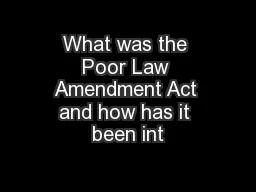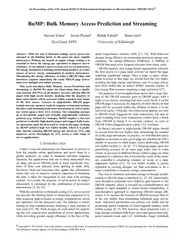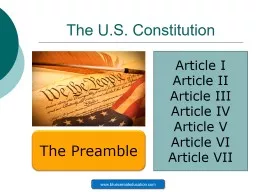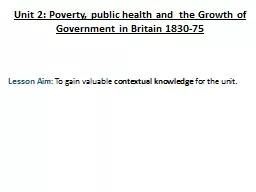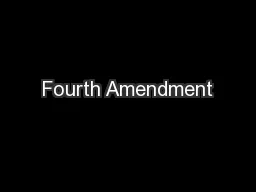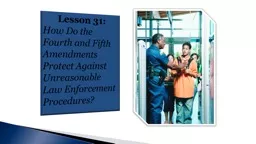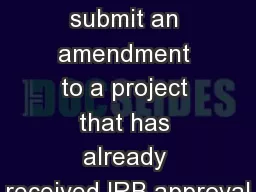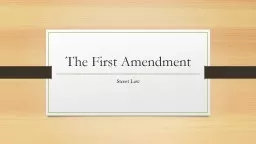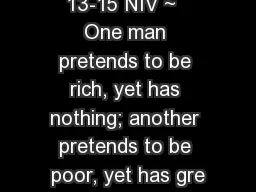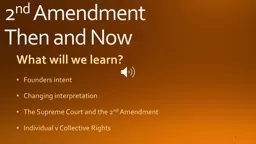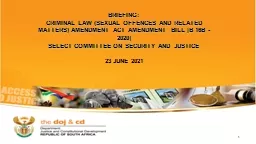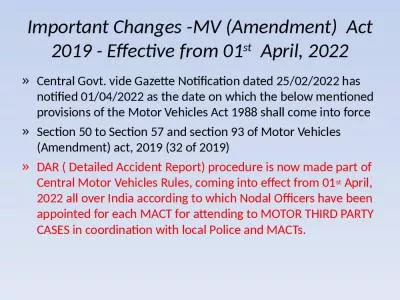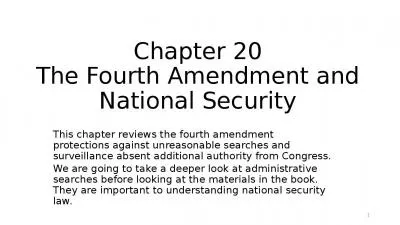PPT-What was the Poor Law Amendment Act and how has it been int
Author : giovanna-bartolotta | Published Date : 2016-10-09
Lesson Aim To have identified the key features of the act which interpretation is the most fair What was the reality Make an arm of a spider diagram for each
Presentation Embed Code
Download Presentation
Download Presentation The PPT/PDF document "What was the Poor Law Amendment Act and ..." is the property of its rightful owner. Permission is granted to download and print the materials on this website for personal, non-commercial use only, and to display it on your personal computer provided you do not modify the materials and that you retain all copyright notices contained in the materials. By downloading content from our website, you accept the terms of this agreement.
What was the Poor Law Amendment Act and how has it been int: Transcript
Download Rules Of Document
"What was the Poor Law Amendment Act and how has it been int"The content belongs to its owner. You may download and print it for personal use, without modification, and keep all copyright notices. By downloading, you agree to these terms.
Related Documents

